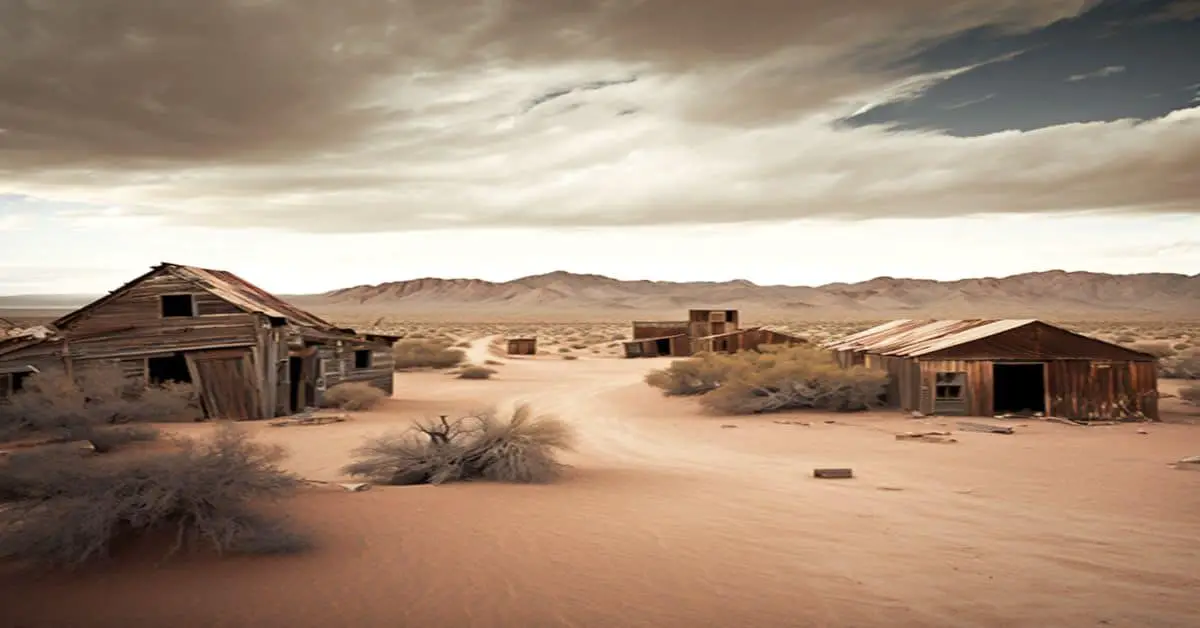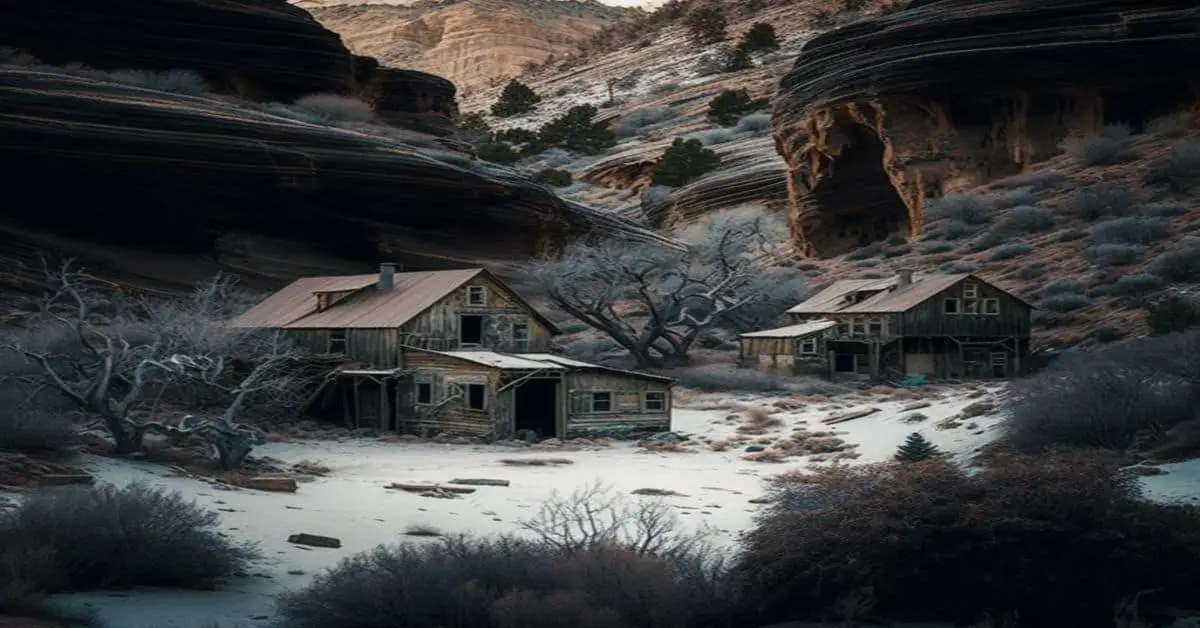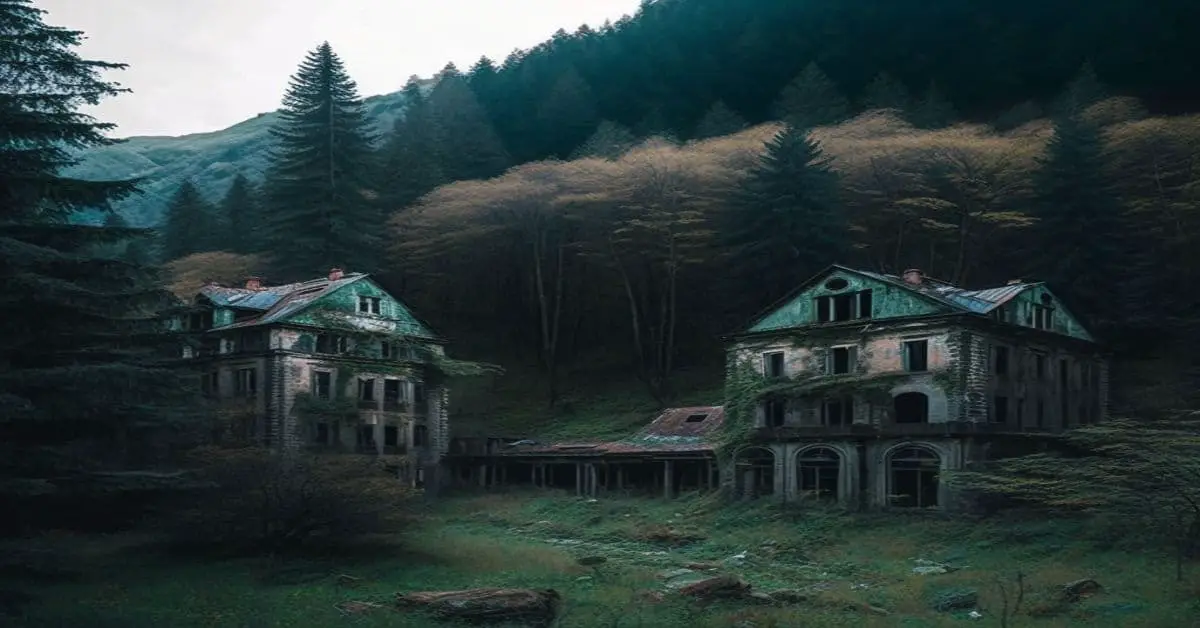Nestled in the Trinity Alps of California lies a unique and historic destination many travelers overlook. Weaverville, CA is a semi-ghost town that was once a bustling hub of activity during the Gold Rush era.
Despite its violent past and difficult location for supplies, many original buildings remain intact, giving visitors a glimpse into the town’s rich history. Weaverville was founded in 1850 and quickly became a popular spot for miners searching for gold.
At its peak, the town had over 4,000 residents and was the county seat of Trinity County. However, as the gold rush ended, the population dwindled, and the town became a shadow of its former self.
Today, Weaverville is a quiet town with a population of just over 3,500, but its history and unique landmarks make it a must-visit destination for those who enjoy exploring off-the-beaten-path locations.
Key Takeaways
- Weaverville is a historic town founded in 1850 during the Gold Rush era with many original buildings still intact.
- Chinese immigrants played a significant role in the town’s development, and visitors can learn about their contributions at the Chinese Temple of the Forest Beneath the Trees and the Weaverville Joss House State Historic Park.
- Weaverville is a semi-ghost town with a population of just over 3,500 and offers a unique glimpse into California’s past.
- Visitors can enjoy hiking in the Trinity Alps Wilderness and attend various events and festivals during the summer months.
History and Origins
The history and origins of Weaverville, a semi-ghost town located in Trinity County within the Trinity Alps, can be traced back to the early settlers.
John Weaver arrived in 1850 and the first strike was made by his brother, William Weaver, a year earlier.
The town’s location in the Trinity Alps made it difficult for mule trains to bring supplies, and the occasional violence further compounded this due to short tempers.
The town did not have a jail for a while, which resulted in the quick execution or release of accused criminals.
Despite these challenges, Weaverville grew rapidly and had a population of 1200 in 1852.
Unfortunately, the winter of 1852-1853 was severe, with snow so deep that many residents were marooned and had nothing to eat but barley.
The town was rebuilt using brick after a fire, and many original buildings still stand today, making Weaverville a fascinating historical location to visit.
Remains and Landmarks
Many of the original buildings in Weaverville still stand, giving visitors a glimpse into the town’s rich history. Among these structures are the old hotel and brewery, both of which played an important role in the town’s past.
The hotel was once a popular spot for travelers, while the brewery was a source of refreshment for locals. Visitors can imagine what life was like in Weaverville during its heyday as they explore these old buildings.
Another interesting landmark in Weaverville is the Chinese Temple of the Forest Beneath the Trees. This temple is a testament to the Chinese immigrants who played an important role in the town’s development. The temple was built in the 1870s and served as a place of worship for the Chinese community.
Today, visitors can tour the temple and learn about the important contributions made by Chinese immigrants to the history of Weaverville. Whether exploring the old buildings or the Chinese Temple, visitors to Weaverville will surely be fascinated by the town’s rich history.
Accessibility and Visiting Tips
Visitors to Weaverville can easily access the town via 2WD roads, making it a convenient destination for those exploring California’s history. The best time to visit Weaverville is during the summer months, when the weather is warm and the town comes to life with various events and festivals. However, the town is charming year-round and can be visited anytime.
Aside from exploring the town’s original buildings, visitors can also check out nearby attractions such as the Trinity Alps Wilderness, which offers stunning hiking trails and scenic views. The Weaverville Joss House State Historic Park is also worth a visit, as it is the oldest continuously used Chinese temple in California. Those interested in history may also enjoy a visit to the Weaverville Cemetery, where many of the town’s original residents are buried.
Overall, Weaverville offers a unique glimpse into California’s past and is a must-visit destination for history enthusiasts.
Frequently Asked Questions
What is the current population of Weaverville, CA?
As of 2021, Weaverville’s population statistics show a small community with an estimated 3,600 residents. Demographic trends suggest a predominantly white population with a median age of 50 years, and a median household income of $46,000.
Are there any notable events or festivals held in Weaverville throughout the year?
Annual celebrations in Weaverville include the Trinity County Fair in August and the Jake Jackson Museum Arts and Crafts Fair in September. Historical landmarks, such as the Chinese Temple and Weaverville Cemetery, offer insight into the town’s past.
What is the nearest major airport to Weaverville?
The nearest major airport to Weaverville, CA is Redding Municipal Airport, which is approximately 50 miles away. Transportation options include car rentals, shuttles, and taxis. Airport amenities include dining options, shops, and free Wi-Fi.
Are there any hiking trails or outdoor activities surrounding the Trinity Alps area?
Trinity Alps offers diverse hiking trails and outdoor recreation opportunities such as fishing, mountain biking, and camping. The area boasts stunning vistas, wildlife, and wildflowers, making it a popular destination for nature enthusiasts.
Are there any local restaurants or shops recommended for visitors to Weaverville?
Visitors to Weaverville can enjoy top rated eats at The Nugget Restaurant and unique boutiques like Trin-A-Maze and Josselyn’s Sawmill Studio. These establishments offer a taste of local flavor and a glimpse into the town’s history.


